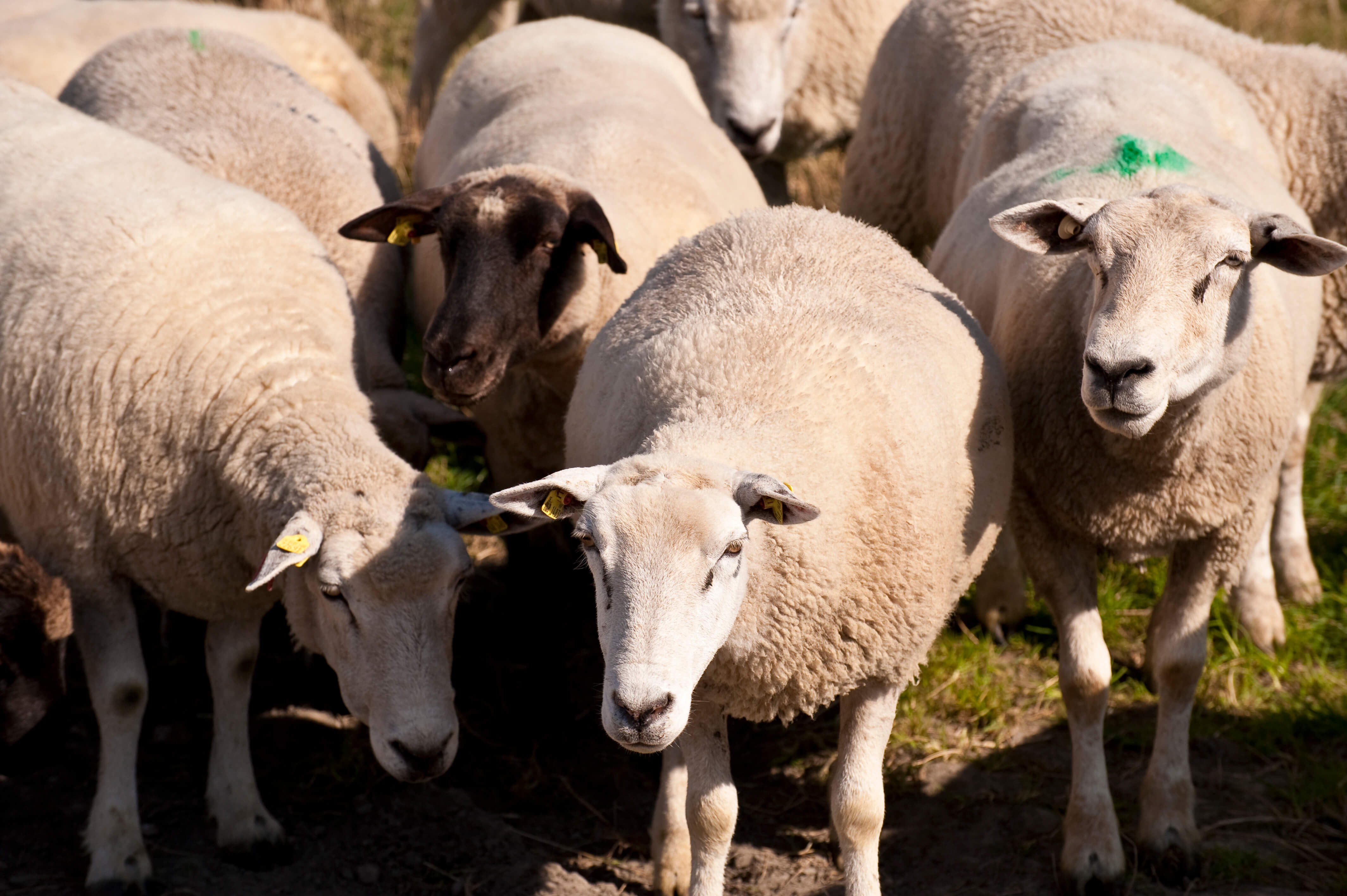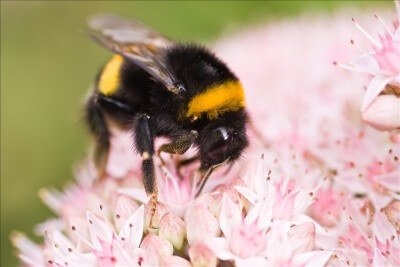Eating on the Wild Side
We have been breeding the nutrition out of our food for a long time. Corn in the super market is ultra sweet. Most of our food is ultra sweet. This is why we have a nation of 80% pre diabetics or diabetics. We have taken the phytonutrients out of our food. Some foods in the store have 10 to twenty times more nutrients then others. Purple, red blue or black foods have a lot of nutrients. Red berries, blueberries, purple carrots, purple potatoes are better for us have and are rich in anthocyanins. Anthocyanins, can help control and get rid of a lot of our modern diseases. The artichoke is one of the most nutritious foods in the supermarket. It is very rich in antioxidants. The shallot is one of most nutritious foods. Garlic is a potent cancer fighting vegetables. You need to crush the garlic or chop it and let it set for ten minutes so the two ingredients can combine to make allicin, a potent cancer fighting compound. Tomatoes become much richer in lycopene the longer you cook it. You should eat three to four servings from the cabbage (horseradish, or kale) family a week. They can reduce cancer significantly. There are a lot of great tips about eating nutritiously in this book Eating on the Wild Side by Jo Robinson. Carrots were originally, purple, red or sometimes yellow. Four hundred years ago a red carrot was crossed with a yellow carrot to come up with orange carrots. We now know the original purple carrots have sixteen times more nutrients then the orange carrots in the store. Purple carrots can be found in a seed catalog now. Baby carrots - the orange ones were made to save the big orange carrots leftovers. The outer skin of the carrot is the most nutritious, don't peel your carrots. The carrot is less nutritious towards the center of the carrot. Food vendors concessionaires should take a look at this book. Every year there is a wealth of new "foods" at the county and state fairs. It also seems like there is a race to develop good tasting nutrition less foods to sell. Here is a challenge to you food vendors. Can you make a good tasting food that is high in nutrition? The public is becoming more and more aware of nutrition. Listen to this podcast on Science Friday from the author of Eating on the Wild Side nEating on the Wild Side, author Jo Robinson reveals how [...]








